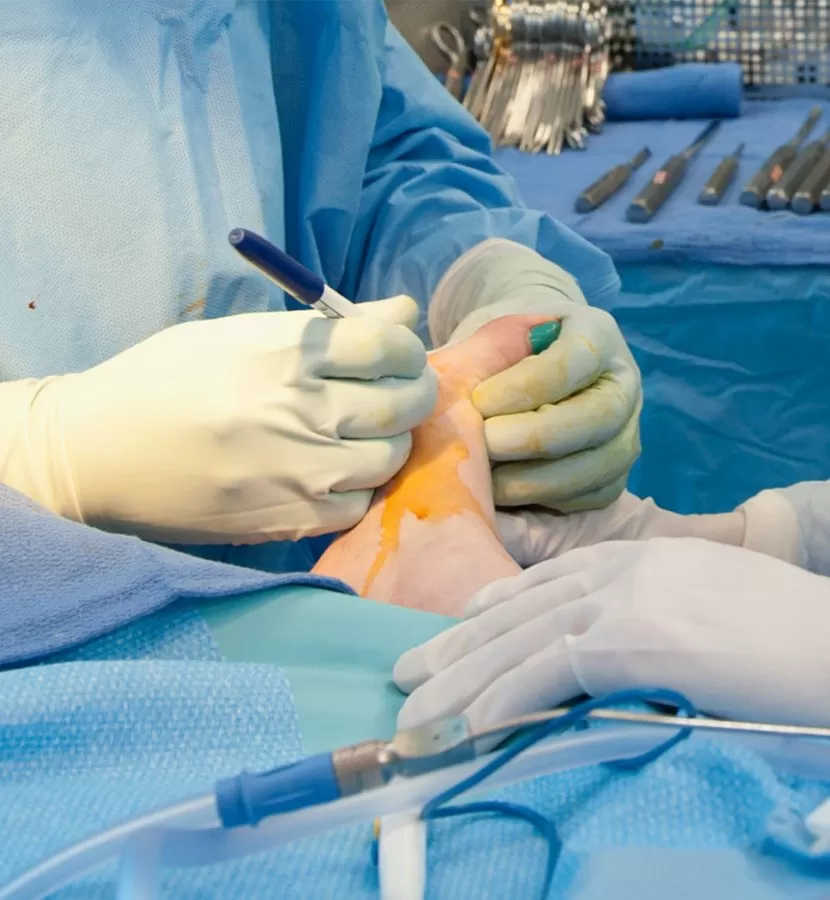When do I need a Lapidus Bunionectomy?
A bunion is a foot condition that causes a bony prominence, or bump, on the inside of the foot at the big toe joint. Depending on a patient’s overall health, symptoms, and bunion severity, bunions may require bunion surgery such as a Lapidus Bunionectomy procedure.
A bunion occurs when the big toe begins to lean toward the second toe. Bunions may show up in a variety of sizes, from small to severe. The biggest misconception about bunions is that they are the result of an overgrowth of bone. While that may be true in a few cases, bunions usually happen because the big toe joint has dislocated and is bulging against the skin.
In some cases, the big toe may push against the second toe, which can result in pain and a hammer toe. Left untreated, a bunion can progress into a severe, disfiguring foot deformity.















